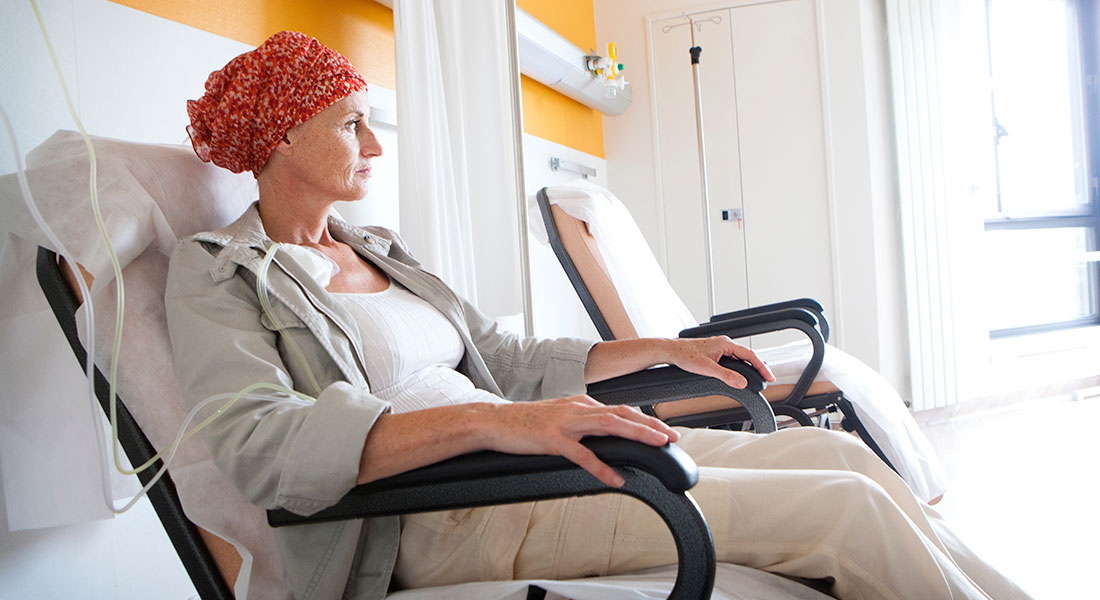Chemotherapy-Induced Peripheral Neuropathy (CIPN) is a challenging and often debilitating side effect experienced by many individuals undergoing cancer treatment. This condition results from damage to the peripheral nerves due to the toxic effects of chemotherapy drugs, leading to a spectrum of symptoms that can significantly impact quality of life. Understanding CIPN and exploring complementary therapies like Myotherapy can offer hope and relief to those navigating this complex condition.
What is Chemotherapy-Induced Peripheral Neuropathy?
CIPN manifests as a series of neurological symptoms, primarily affecting the hands and feet. Patients may experience tingling, numbness, a sensation of wearing an invisible glove or sock, sharp pains, or burning. These symptoms can lead to difficulties in performing daily tasks, balance issues, and a marked decrease in overall well-being. The severity and duration of CIPN vary, with some patients experiencing symptoms long after the completion of chemotherapy.
The Challenge of CIPN
For patients and healthcare providers alike, managing CIPN presents a significant challenge. The condition can hinder the ability to administer chemotherapy at optimal doses and may persist as a long-term side effect, affecting life well beyond cancer treatment. Traditional management strategies focus on medication to alleviate pain; however, these can come with their own set of side effects and may not be fully effective for all patients.
How Myotherapy Can Help
Myotherapy, a form of manual therapy that focuses on the treatment and management of musculoskeletal pain and dysfunction, offers a non-pharmacological approach to managing CIPN. Through a combination of techniques, Myotherapy aims to relieve pain, improve function, and enhance quality of life. Here’s how Myotherapy can assist:
Pain Management: Soft tissue massage and trigger point therapy can reduce muscle tension and alleviate pain associated with CIPN, providing much-needed relief.
Improving Circulation: Techniques that promote blood flow can help nourish damaged nerves, potentially aiding in the recovery process and relieving symptoms like numbness and tingling.
Enhancing Mobility: Strengthening and flexibility exercises tailored to the individual’s needs can improve mobility and function, addressing the muscle weakness and balance issues caused by CIPN.
Reducing Stress: The therapeutic touch of Myotherapy has a calming effect, reducing stress levels, which is crucial for overall well-being and can positively impact the experience of pain.
Educational Support: Myotherapists provide valuable advice on self-care techniques and lifestyle adjustments to manage symptoms at home, empowering patients to take an active role in their treatment.
Incorporating Myotherapy into Your Care Plan
For those undergoing chemotherapy and experiencing symptoms of CIPN, incorporating Myotherapy into the overall care plan can offer complementary benefits alongside conventional medical treatments. It’s essential to consult with your healthcare team and a qualified Myotherapist to determine the most appropriate approach tailored to your specific needs and circumstances.
Myotherapy provides a holistic and supportive therapy option for managing CIPN, aiming to alleviate symptoms, improve functional ability, and enhance the quality of life during and after cancer treatment. By addressing the musculoskeletal aspects of CIPN, Myotherapy can play a valuable role in the comprehensive care of cancer patients, helping them navigate the challenges of neuropathy with confidence and support.






